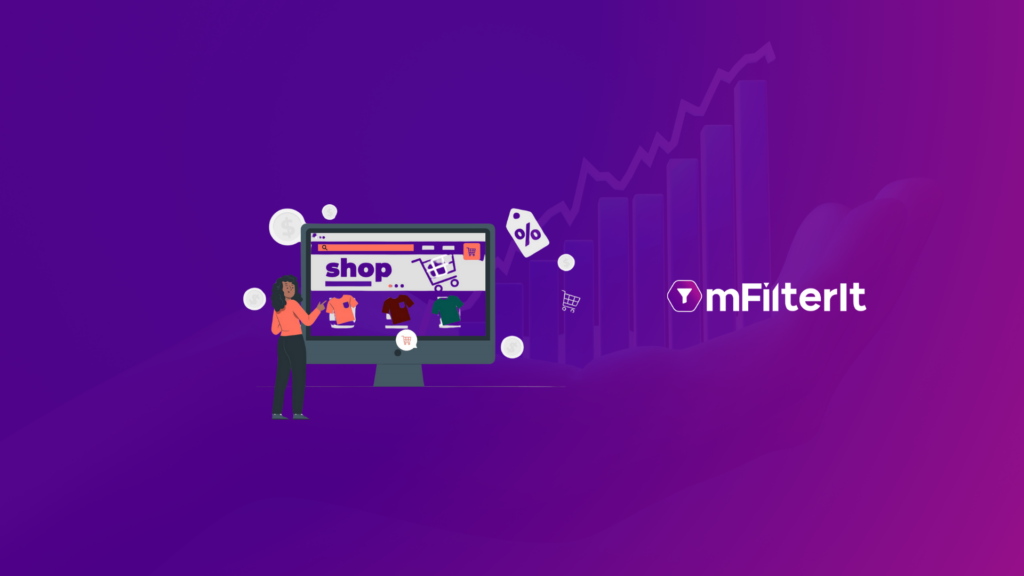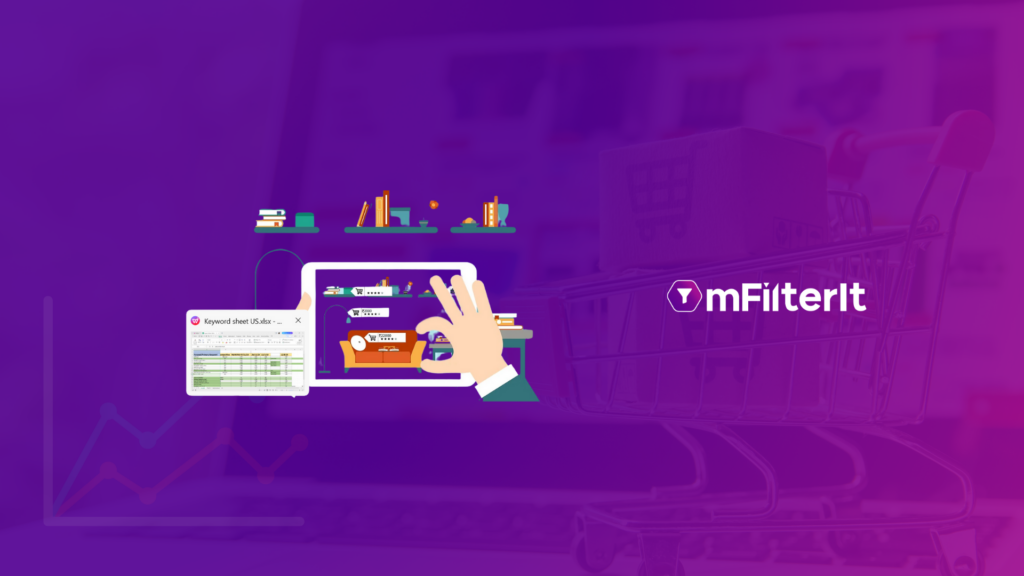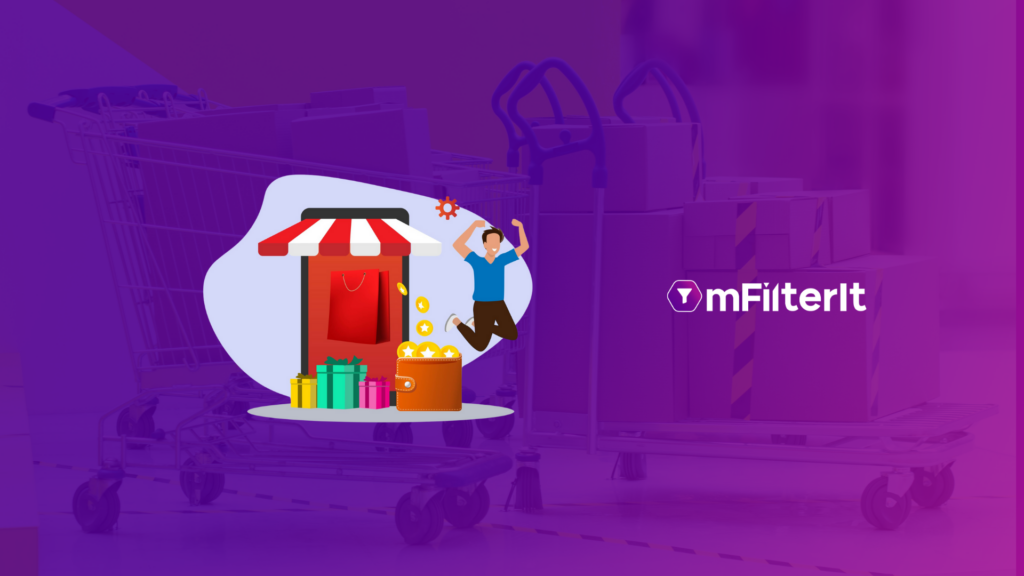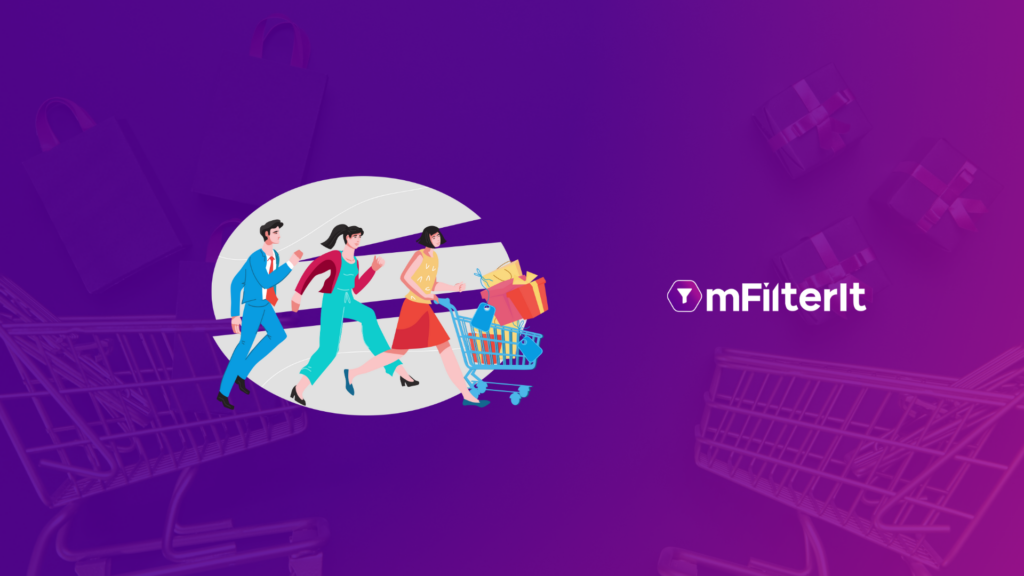Awareness Phase: Road to Reach The Top Shelf
The first phase of the customer Journey is all about being discoverable across the e-commerce platforms Are your products the top draws on the eCommerce marketplace? In simpleton terms, Does your product pop up in the top search results and get picked up first? No? Just being a known name in the brick-mortar shops and marketplace does not transpire the same way in the eCommerce arena. Unless the shopper is looking for a specific product of your brand. So how does it work in the eCommerce ecosystem? Let’s take the first step on the journey and start charting your path to reach the top of the digital Shelf. Brand Efficiency in the Product Awareness Phase The spot on the top shelf is what drives brand efficiency. The fierce and feisty competition on the eCommerce landscape put immense pressure on brands to push for more and do better in digital marketplaces. But all efforts can turn to dust if your product does not reach the intended segment of shoppers. The brand being efficient in the Awareness Phase is key to getting on the top in organic search. So, what are the things your brand needs to do to be efficient in an awareness phase? Analyse and optimize content to create a perfect product detail page. Enhance Product Discoverability with Keywords Analyse & Optimize Banner Keep track of existing and new competitors in your segment Looks simple right? Not at all. In this preliminary phase of the customer journey making the product more discoverable and enhancing awareness is like starting from scratch which starts with getting the Product Display Page (PDP) content right. Efficiency Checkpoint 01 – Content Discoverability Check Pick the right words. What you write in the Product Title & Description is key to making the product more discoverable than competitors. Brands need to perform content audits regularly to ensure that the product pages are engaging on eCommerce platforms. To know more about what makes the content description more effective click here. PDP content Audit typically involves evaluating various aspects of content to assess its effectiveness and identify areas for improvement. This includes: Image Analysis: Involves evaluating the images used to ensure they are visually appealing, relevant, and optimized for performance. Let the pictures speak for the product. Brands need to conduct Image Analysis on product images and ad banner images to check for performance and compliance. Perfect Page Analysis: Focuses on evaluating the effectiveness of individual pages. It involves assessing various aspects. The goal is to identify any issues or areas for improvement that might be hindering the page’s performance and user engagement. Keyword Recommendation for PDP (Product Detail Page): Identifying relevant and high-impact keywords that can optimize the page’s visibility. The recommended keywords should be strategically incorporated into the PDP’s content to improve its ranking and attract more organic traffic. Optimizing listing needs accurate, effective, and engaging content with the right set of high-performing keywords to boost rankings. Brands need to keep track of keywords to bid on their brand and competition for organic, sponsored, and generic keywords. Efficiency Checkpoint 02: PDP Discoverability Check Making your product discoverable on the eCommerce marketplace requires a lot of factors to come together and help optimize product performance. Optimize Brand-wise Discoverability Share: Analyzing how well your product content is being discovered and shared across different platforms. It involves assessing your brand’s visibility and tracking its performance over time. Role of Keywords: The key to boosting discoverability is the keywords. The keywords play an important role in making your products under various sub-brands, categories, and sub-categories pop up among the top searched results. Use of high-performing keyword Banner Performance: Analyzing eCommerce ad banner performance is essential for enhancing brand discoverability across different platforms. By evaluating the effectiveness of category page banners, banner themes, and keyword themes, brands can optimize their strategies to capture the attention of their target audience, increase brand exposure, and drive sales. With a data-driven approach to banner analysis, brands can refine their design, messaging, and targeting strategies to stand out in the competitive eCommerce landscape. (a). Category Page banner: Category page banners play a significant role in capturing the attention of potential customers as they navigate through eCommerce platforms. These banners are strategically placed within specific product categories, attracting users who are already interested in those particular items. By understanding which banners generate the most engagement and conversions, brands can optimize their designs and content to increase brand exposure and drive sales within relevant product categories. (b). Banner theme: The theme of an eCommerce ad banner refers to the overall visual and messaging concept it conveys. Analyzing the performance of different banner themes helps brands determine which styles resonate most effectively with their target audience. By identifying the most successful banner themes, brands can refine their design strategies to align with customer preferences and increase brand recognition. (c). Keyword Theme: Keyword themes are an integral part of eCommerce ad banners as they influence the ad’s visibility when users search for specific terms. By understanding which keywords are most relevant to their target audience and driving the desired actions, brands can optimize their ad campaigns for improved discoverability. Additionally, analyzing keyword themes helps brands refine their search engine optimization (SEO) strategies, ensuring their ads appear prominently when customers search for related products or services. Efficiency Checkpoint 03: Competition Discoverability Check Competitive insights and analytics across brands, sub-brands, product categories, sub-categories, and variants lead to data-driven business decisions that boost brand efficiencies on the eCommerce platform. Constant monitoring and performance tracking are required to stay updated on market trends and developments made by competitors across eCommerce marketplaces. Brands need to track new and existing competition brands and the product performance vs competition to upswing their performance and formulate effective business strategies. This analysis process goes beyond the Awareness & Discoverability phase of the brand. We shall cover that aspect of the customer journey and various touch points for a follow-up piece. Final Thoughts Awareness is just the first step in optimizing the customer journey, and ably the most crucial one as it’s a phase where
Awareness Phase: Road to Reach The Top Shelf Read More »










